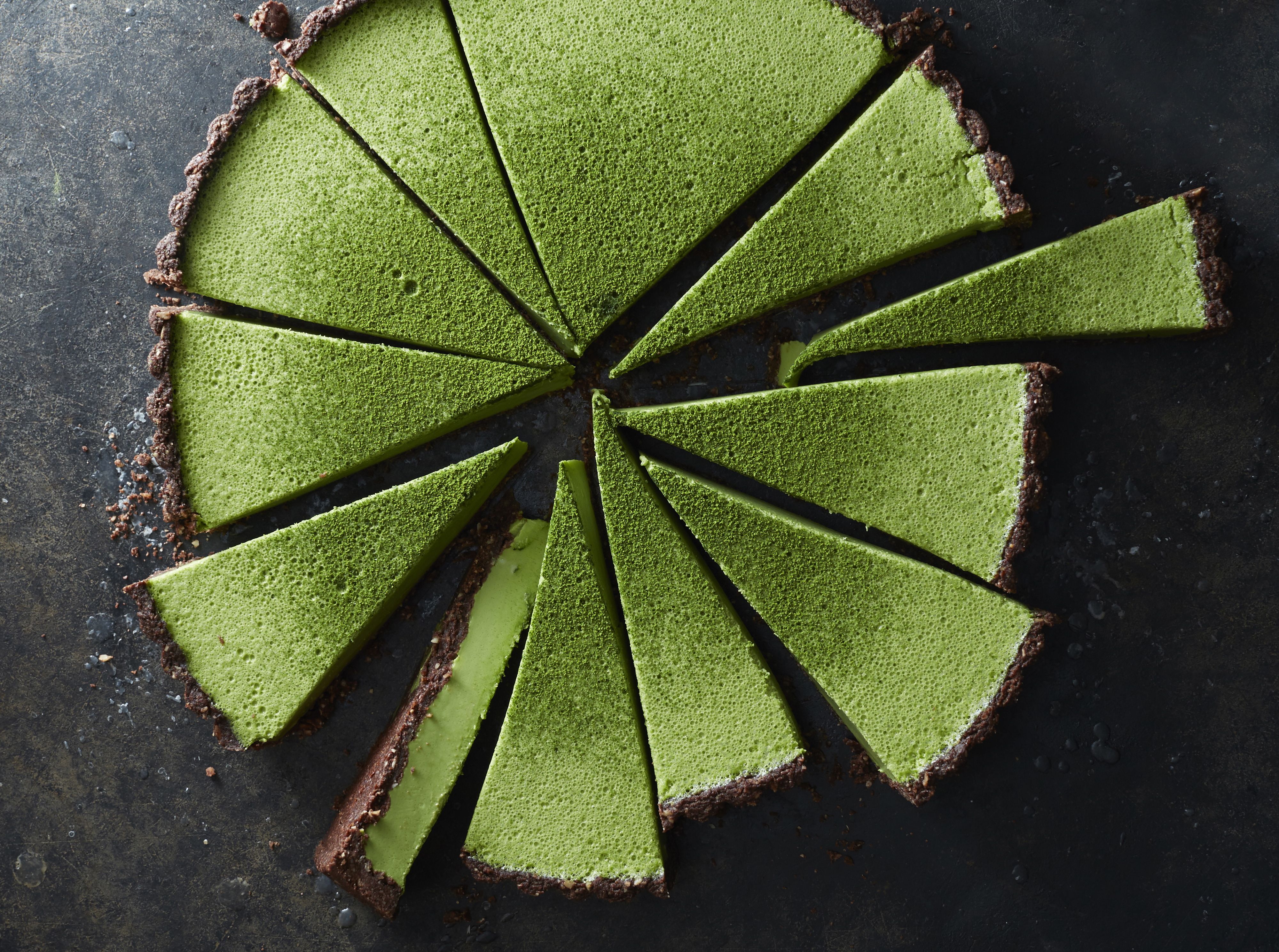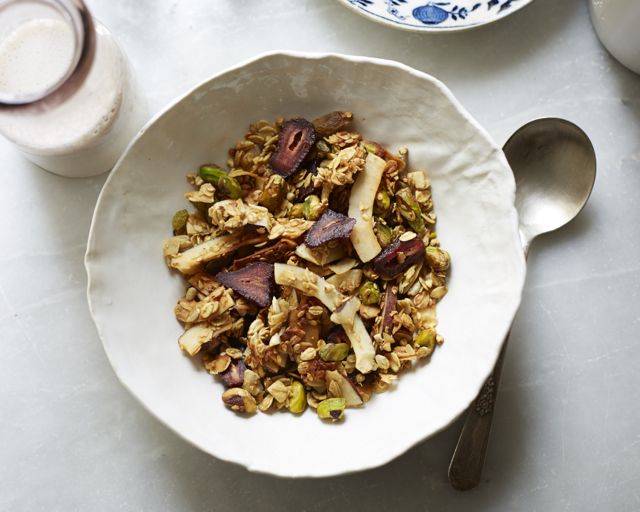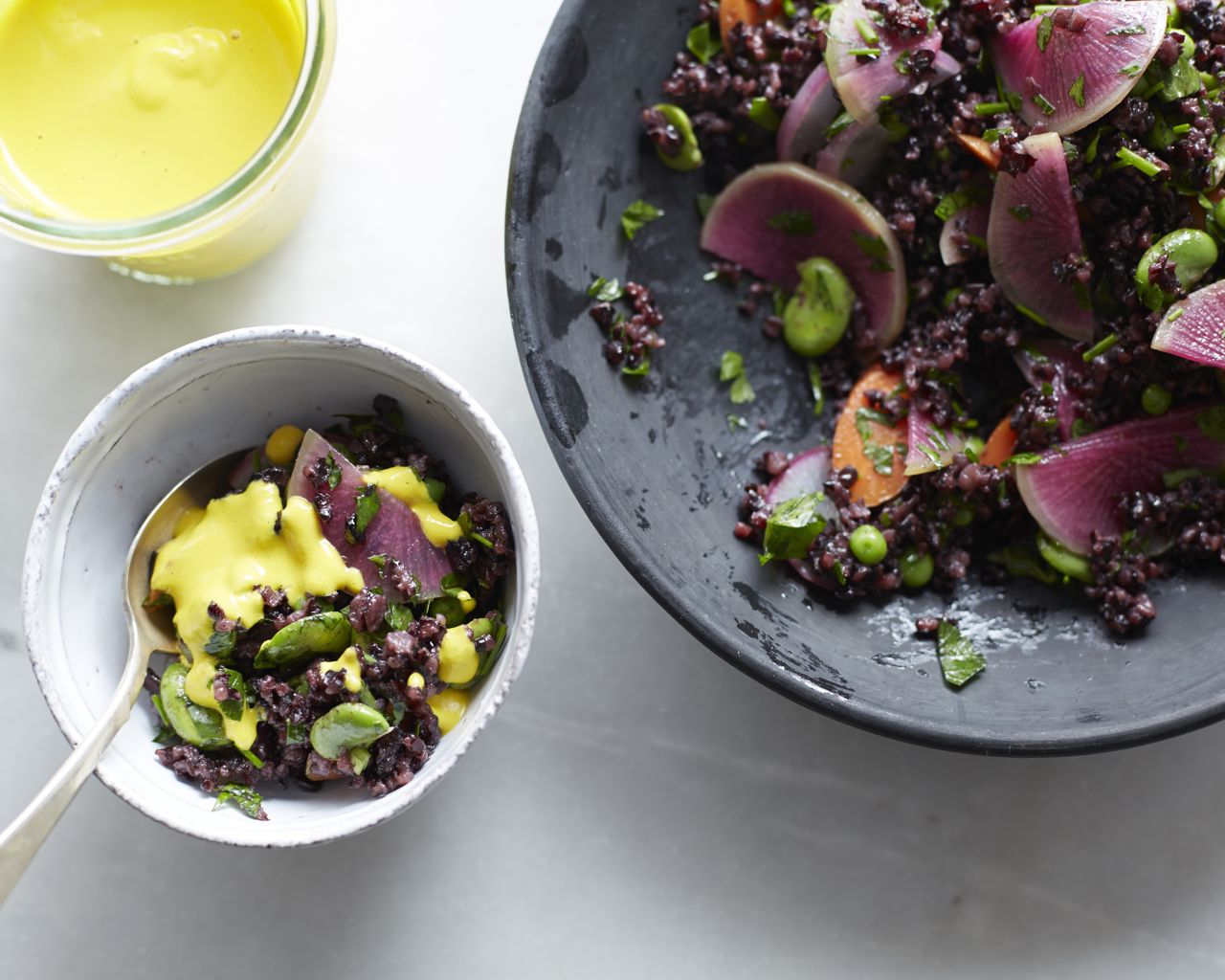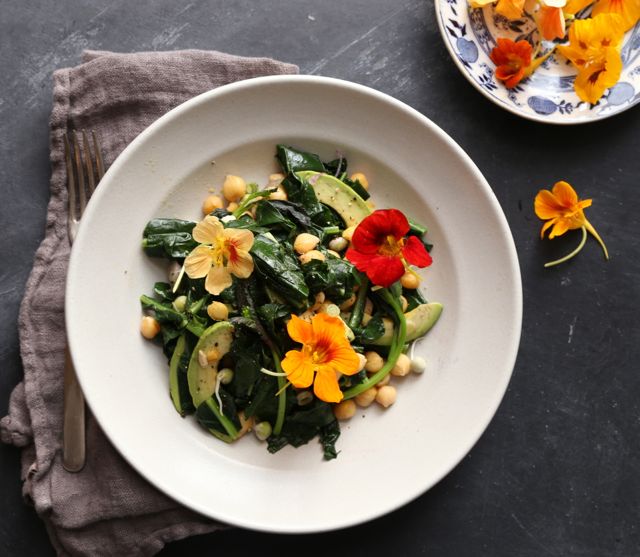Arame
POSTED ON March 10, 2011

arame with carrots onion and sesame
I am hoping this recipe will inspire you to eat more seaweed. Ideally we should eat a little everyday, but I know how difficult that can be. I often only manage a sheet of nori with lunch or dinner which is much faster than cooking a separate dish like this one. But, once you make this arame it will keep for at least 4 days and a pinch can be added to your meals daily. It’s also really tasty and an excellent compliment to plain cooked brown rice or quinoa.
The medicinal properties of seaweed are vast and vary from plant to plant. In general, seaweeds detoxify and alkalize the blood, aide in weight loss, lower cholesterol, heal liver stagnancy and help soften hardened tumors while infusing our bodies with much needed minerals, vitamins and anti-aging properties.

arame ready to be soaked
Arame is an excellent source of protein, supports the thyroid (both hypo and hyper) strengthens bones, and makes you beautiful…yes, if you eat a small amount everyday. Arame helps prevent wrinkles and promote clear, glowing skin and thick lustrous hair. Now I know you’ll make some…but if you don’t have time just try adding a pinch of either wakame, hijiki or arame to your grains as they cook or simmer a little in soups and stews.

soaked and drained arame

cutting carrots

ingredients

cooked arame
Arame with Sautéed Carrots, Onions and Sesame
1 cup dry arame seaweed, loosely packed
1 tablespoon unrefined untoasted sesame oil
1 medium to large carrot
1 medium red or yellow onion, sliced
¼ cup filtered water, plus more for soaking
1 tablespoon mirin
1 to 3 teaspoons tamari or shoyu
Few drops toasted sesame oil or hot pepper sesame oil, optional
Cover arame with filtered water and soak for about 15 minutes. Drain and set aside.
Cut the carrot on a diagonal in 1/8 the inch slices. Lie the carrot slices flat lengthwise on cutting board, overlapping them by half an inch. Slice in 1/8th inch slices to form matchsticks.
Warm the sesame oil in a skillet over medium-high heat, add onion and sauté for about 3 minutes. Add carrots and continue cooking for another few minutes, once they are begun to soften stir in arame.
Pour in the ¼ cup water, mirin and tamari and stir. Raise heat to high and bring to a boil. Cover, leaving a one inch gap to allow some steam to escape as the arame cooks. Reduce heat to low and simmer for 10 minutes. Remove lid and stir. Most of the liquid will have evaporated, continue cooking until you get desired moistness. Add toasted or spicy sesame oil to taste, stir and remove from heat.
Allow to cool to room temperature before eating. Store in the refrigerator in a glass jar or container. Keeps for 4 to 5 days.
Makes about 1 ½ cups, 6 portions.
POSTED IN Gluten free, Side Dishes
never miss a recipe!


 tweet it
tweet it pin it
pin it









in addition to all the attributes that you name – will it also turn back time?
I’m always looking for delicious ways to incorporate more seaweed in my diet. This looks beautiful (or as beautiful as seaweed can look anyway) and easy. I’m definitely going to make it! Thanks!
This dish is absolutely amazing. I have rarely, if ever, eaten a better seaweed side. Thanks for putting out there!
i adore seaweed salad, but have never found a recipe. thrilled!
i’ve just stumbled upon your lovely space, and am so pleased to have found it.
I’m new to your blog……found you through Martha Stewart Living magazine. I made this arame recipe last night and my husband and I both loved it. I’m sure it will be a staple in my “recipe box”. Thank you.
Hi!
I was looking for recipes using arame and arrived at your post. I was wondering where you got your info from, when you write “supports the thyroid (both hypo and hyper)”. This doesn’t make any sense to me!
All seaweeds have iodine, and it is the reason I am eating them because I have dietary-induced hypothyroidism (meaning I need to consume more iodide). However, I took this too far a year ago and ended up with hyperthyroidism, because I ate to much seaweed and fish.
In fact, people who suffer from hyperthyroidism are advised not to eat seaweed. Where did you read otherwise??
Dankeschon –